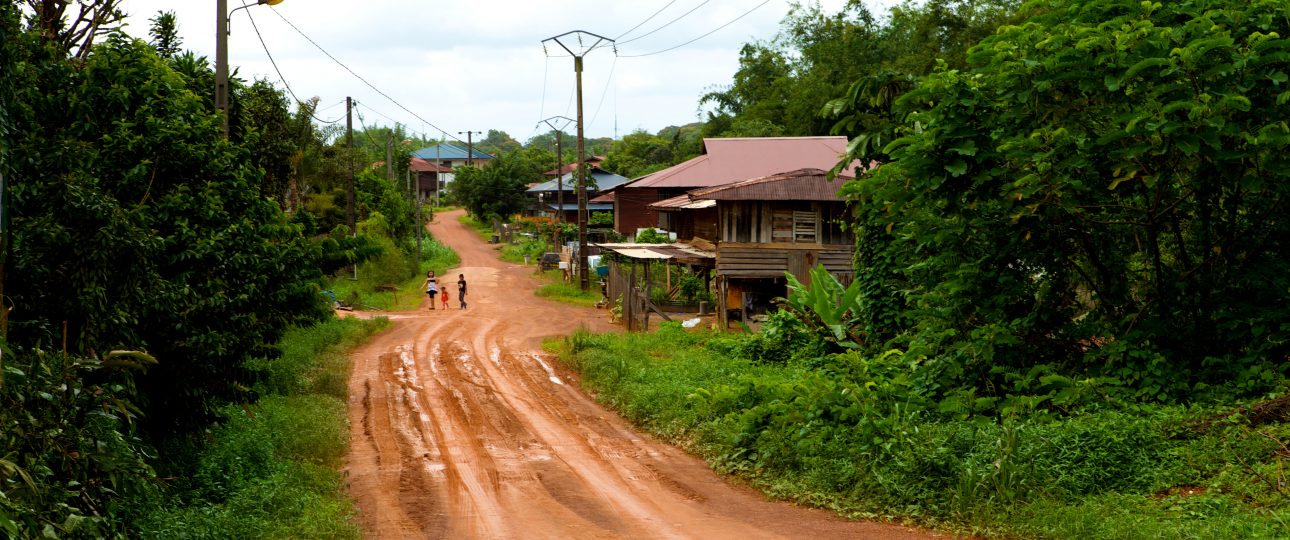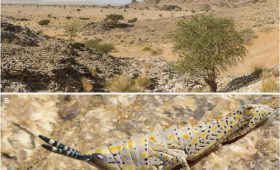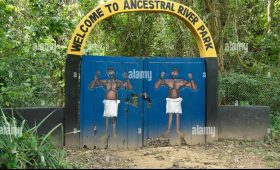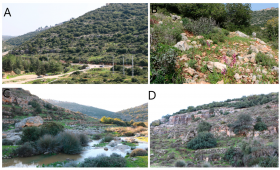Discovering Cacao Village, French Guiana
Located along the Comté River, Cacao Village in French Guiana offers a unique glimpse into the life of the Hmong community, who settled here as refugees from Laos in 1977. This small village, about a two-hour drive from Cayenne, is a fascinating blend of cultures and nature, making it a worthwhile stop for those exploring the region.
Getting to Cacao Village
To reach Cacao Village, fly into Cayenne – Felix Eboué International Airport. From there, renting a car or taking a taxi is your best bet to cover the scenic two-hour drive south. The journey itself is an adventure, with lush landscapes unfolding along the way.
When to Visit
The ideal time to visit is during the dry season, from July to November, when the weather is more predictable. However, if you enjoy the vibrant greenery and don’t mind occasional rain, the wet season offers its own charms.
Exploring the Village
Village Life and Culture
Cacao Village is compact, with just four blocks of narrow streets. The community is predominantly Hmong, and their influence is evident in the local culture and cuisine. On Sundays, the village comes alive with a market where you can purchase Hmong weaving, embroidery, and traditional foods. The market is small, so manage your expectations if you’re planning to do extensive shopping.
Attractions and Activities
While in Cacao, don’t miss the insect museum, which features a butterfly garden and exhibits on local fauna. Be sure to check in advance for availability, as it can fill up quickly. The village also hosts a Hmong New Year’s festival in December, a vibrant celebration lasting three to four days.
For those interested in outdoor activities, the surrounding jungle offers opportunities for guided hikes, canoeing, and kayaking. The nearby Comté River is perfect for a refreshing swim or a leisurely boat tour.
Accommodation and Dining
Accommodation in Cacao is limited but charming. L’Auberge des Orpailleurs is the main hotel, offering a cozy stay with local hospitality. Dining options include small restaurants and grocery stores where you can sample local dishes. Try the cassava-based meals and fresh river fish, and don’t miss the exotic fruits like soursop and carambola.
Final Thoughts
Cacao Village is not without its challenges. The market is small, and the village can feel quiet outside of market days. However, the cultural richness and natural beauty make it a unique destination. If you’re looking for an authentic experience and a chance to learn about the Hmong community, Cacao Village is worth the visit.




